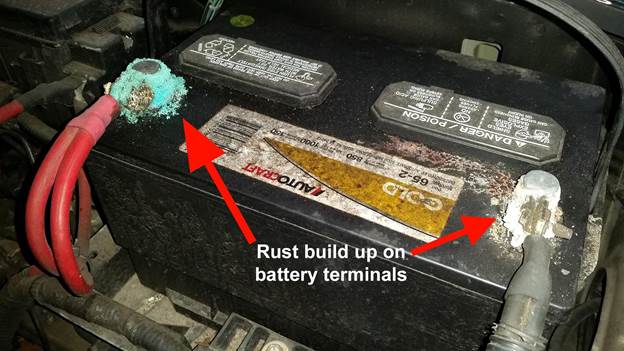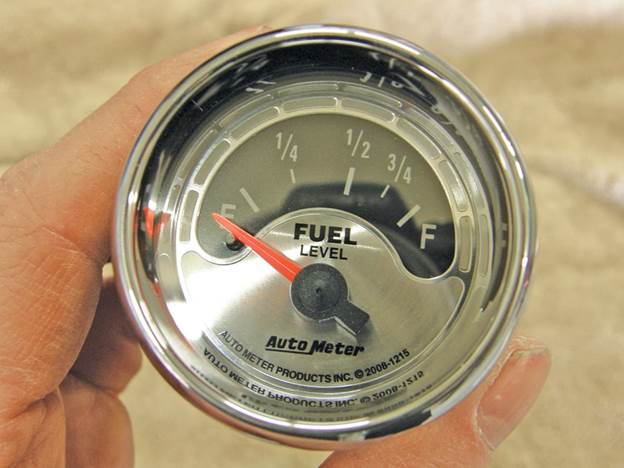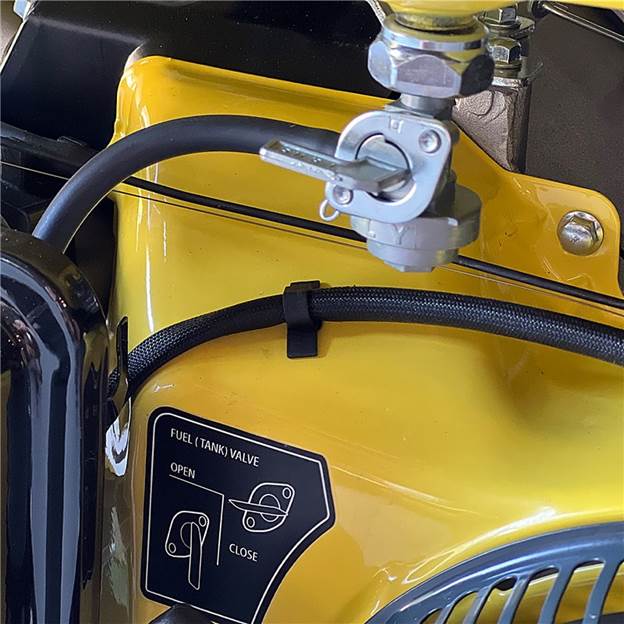Generators are a real blessing when the power goes out. Whether it’s due to load shedding or a storm, having a working generator means your lights stay on and your appliances keep running. But like any machine, a generator needs care.
I’ve been working with generators for years and I’ve seen the same few issues come up again and again. So in this post, I’ll walk you through five of the most common generator problems and how you can fix them yourself before they become big (and expensive) repairs.
1. Battery Problems
If your generator isn’t starting at all, chances are the battery is the problem. This is one of the most frequent issues I see, and luckily, it’s usually easy to fix.

Why it happens
The battery might be dead from sitting too long without use and connections could be loose or covered in dust and rust. Sometimes, the circuit breaker has been turned off during a repair and not switched back on.
How to fix it
Check your circuit breaker. If it’s off, flip it back on and try starting the generator again. Look at the battery terminals. Are they dirty or corroded? If yes, clean them with a wire brush. Make sure the connections are tight.
Loose terminals won’t let power flow properly. If the battery still isn’t working, it may need to be replaced, especially if it’s more than a couple of years old.
Keeping the battery charged and checking it every few months can save you from surprise problems later.
2. Coolant Leaks
Generators heat up a lot during use, and coolant is what keeps the engine from getting too hot. If there’s a leak in the coolant hose, the engine can overheat, which could lead to serious damage.

image source: https://carorbis.com
Why it happens:
With time, coolant pipes can become weak and crack. If the generator runs for long hours or gets too hot, these pipes wear out even faster. Often, leaks start slowly and aren’t noticed until they cause a bigger problem.
How to fix it
Check the pipes: Once a year, take a good look at the coolant hoses. If you see cracks, swelling, or any leaks, it’s time to act.
Change damaged hoses: If any hose looks bad, replace it. They don’t cost much and are easy to fix.
Change the coolant: Old coolant doesn’t work well. Flush it out and refill with fresh coolant as recommended in your generator’s manual.
3. Low Fuel or Faulty Fuel Gauge
It might sound too simple, but you’d be surprised how many people forget to check the fuel level. A generator can’t run on fumes, and letting the tank go completely empty can cause other problems too.

image source: https://www.grainews.ca/
Why it happens
Sometimes the generator stops working just because it runs out of fuel. And if air gets into the fuel lines, it can be a pain to fix. In some cases, the fuel gauge shows the wrong level, it says there’s fuel, but the tank is actually empty.
How to fix it:
Before starting your generator, always check the fuel gauge to make sure there’s enough fuel. If the gauge shows fuel but the generator still doesn’t start, the gauge might be faulty.
Many newer generators also have alarms or warning lights for low fuel, so keep an eye (or ear) out for those. If you think the gauge isn’t working right, it’s best to get it checked or replaced by a professional.
Also, don’t store fuel in the tank for months without use, old fuel can gum up the system.
4. Low or Dirty Oil
Just like a car, a generator needs clean oil to keep the engine running smoothly. Without it, parts rub together, heat up and eventually break down.

image source: https://generatorfixer.com/
Why it happens
If the oil isn’t checked or changed regularly, it can start causing problems. When the generator runs for long hours without a break, the oil gets dirty faster. Over time, this dirty oil turns into thick sludge, which can damage the engine and stop it from running properly.
How to fix it
Use the dipstick to check the oil level in your generator. If it’s low, add the same type of oil that’s already in it. If the oil looks dark, dirty or thick, it means it’s gone bad and needs to be flushed out and replaced.
Try to check the oil every few uses, especially before running the generator for a long time. Regular checks can help avoid bigger engine problems..
5. Closed Fuel Shutoff Valve
Here’s a mistake I see a lot. People store their generator and shut the fuel valve (which is a good habit), but when they take it out again, they forget to open it — and then wonder why it won’t start.

image source: https://stock.kawork.eu/
Why it happens
- Shutoff valve is left closed after storage.
- User forgets to check it before trying to start the generator.
How to fix it
Before starting your generator, always make sure the fuel shutoff valve is open. If it’s closed, the generator won’t start. To avoid forgetting, stick a small label or reminder on the machine to let you know the valve needs to be opened first.
It’s a simple fix — but easy to miss if you’re in a rush.
Final Thoughts
Generators are simple machines, but they need a little attention now and then. If you stay on top of the basics — battery, fuel, oil, coolant, air and valves, your generator will be ready when you need it most.
Most of these fixes are quick and don’t need a professional. But if you ever feel stuck, don’t hesitate to reach out to a local generator expert.



